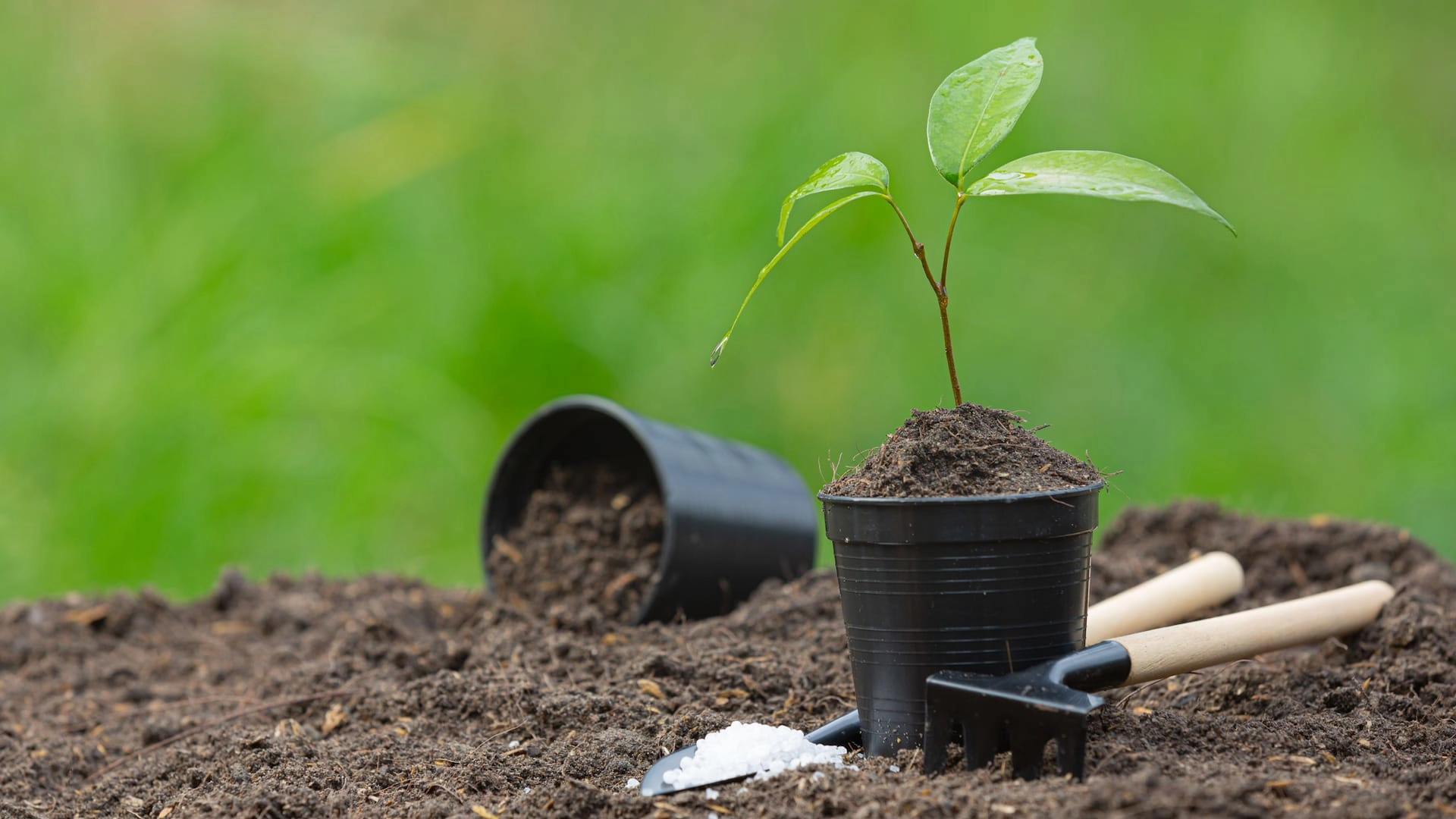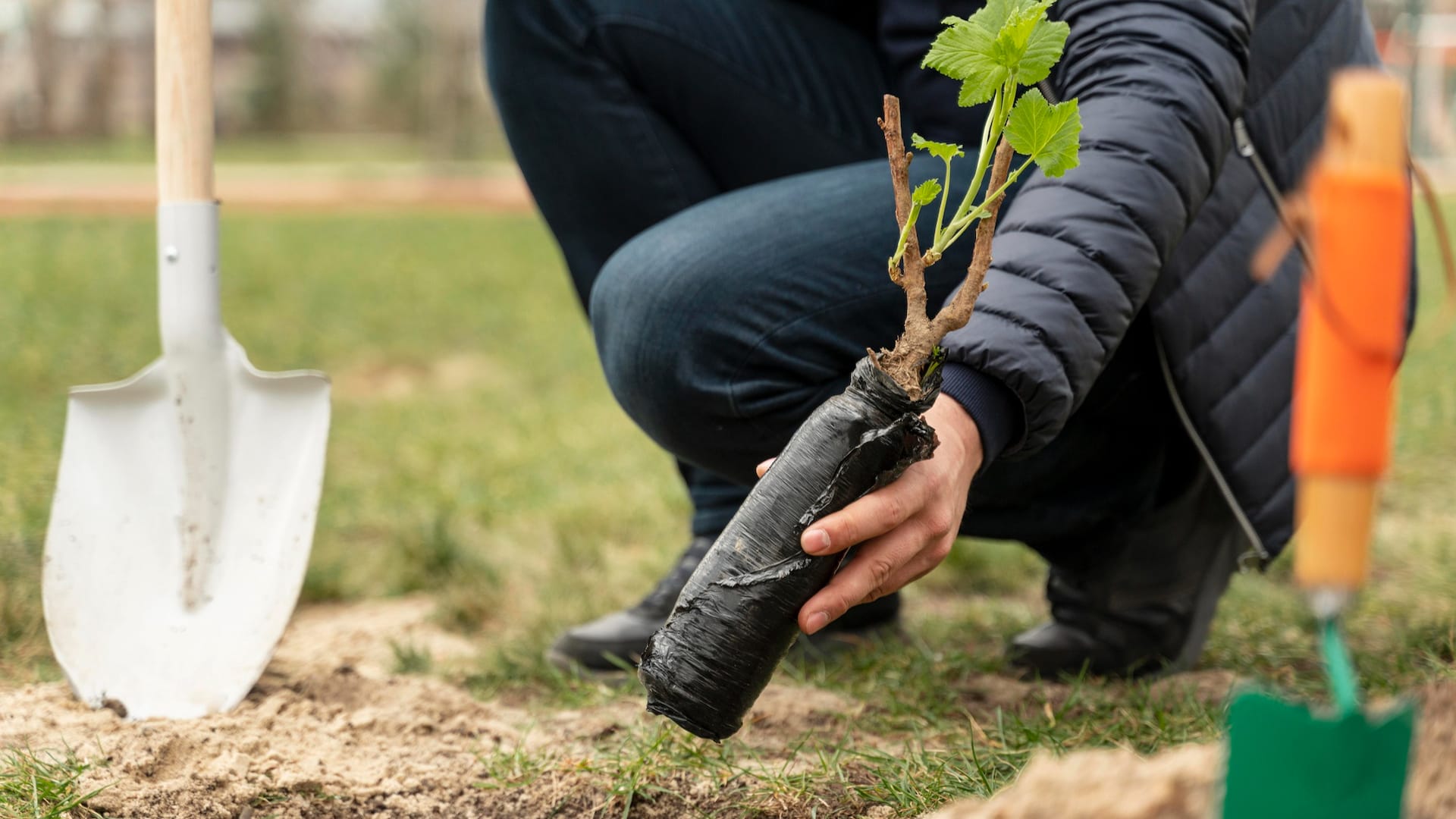
Tree planting is one of the best ways to slow down, prevent, or counter global warming. In this article, we write about the reasons for tree planting, and the importance of forests. How, and why plant trees?
Why are trees so important?
The wildlife and our civilization are in danger, and the threat we face is called global warming. It is mainly caused by human-made air, water, and soil pollution. Greenhouse gas is emitted from factory chimneys, while chemicals leak into seas and infields.
To heal our environment, we need to
- stop harming natural habitats,
- and rebuild the ecosystem.
We have already written some articles on climate change:
- The greenhouse effect
- The Kyoto Protocol was meant to counter global warming
- The meaning of air pollution and the global consequences
- How do humans cause global warming?
- Decarbonization: maintaining a low-carbon economy
Let’s see how afforestation helps reduce global warming and restore our lands.
There are two kinds of air pollution:
- Natural air pollution: for example, volcanic eruptions or wildfires
- Human-caused air pollution: industrial, agricultural, or transport greenhouse gas emissions
Our industries emit so much carbon dioxide that air-purifying organisms (such as corals or trees) cannot handle it. Trees absorb carbon dioxide through their leaves and turn them into sugars needed for them to grow. Apart from that, trees also give us one other significant thing: shadow. The shadow of the trees basically prevents sunlight to heat walls and roofs, thus keeping the temperature in the cities lower. More shadow means a smaller temperature, and a smaller temperature means less use of electricity to cool down our households in summer.
However, real change can only be expected if we plant trees on a global scale. Afforestation needs to be done at the individual, corporate, non-profit organizations, and state levels. But how to start this process?
Tips before tree-planting
Start planting trees by reading about the type of seedlings. Each tree has a different size, root system, leaves, and crown. Smaller trees (such as apricot trees) can be planted at a distance of 3-4 meters, but larger trees (such as walnuts) should be planted at least 5 meters between every seed. Willow trees typically have enormous roots, which will cause damage in basements or even on roads if not planted carefully.
It is also recommended to choose tree-types people are not allergic to. Birch, yew, or poplar trees can cause respiratory diseases among allergic people.
What are the best tree types then?
- sycamore
- oak
- cherries
- Japanese maple
- linden
- rowan
- ornamental apple
- hazelnut tree

Why plant trees with your company?
Planting trees can be an interesting team-building activity, and a good CSR (Corporate Social Responsibility) event to boost your company’s employer branding.
Planting trees can save you money, because your environment will become healthier, leading to fewer sick days among your employees.
However, before you start your ‘afforestation program’, you have to ask for permission from the local government or city hall. They will review your plans and make sure you will not cause any problems (with planting the wrong type of trees, for example).
Conclusion
- Afforestation is one of the best ways to help our environment rebuild itself
- More trees will absorb more carbon dioxide, thus slowing down climate change
- Trees also give us shadow that can reduce our electricity bills in the summer
